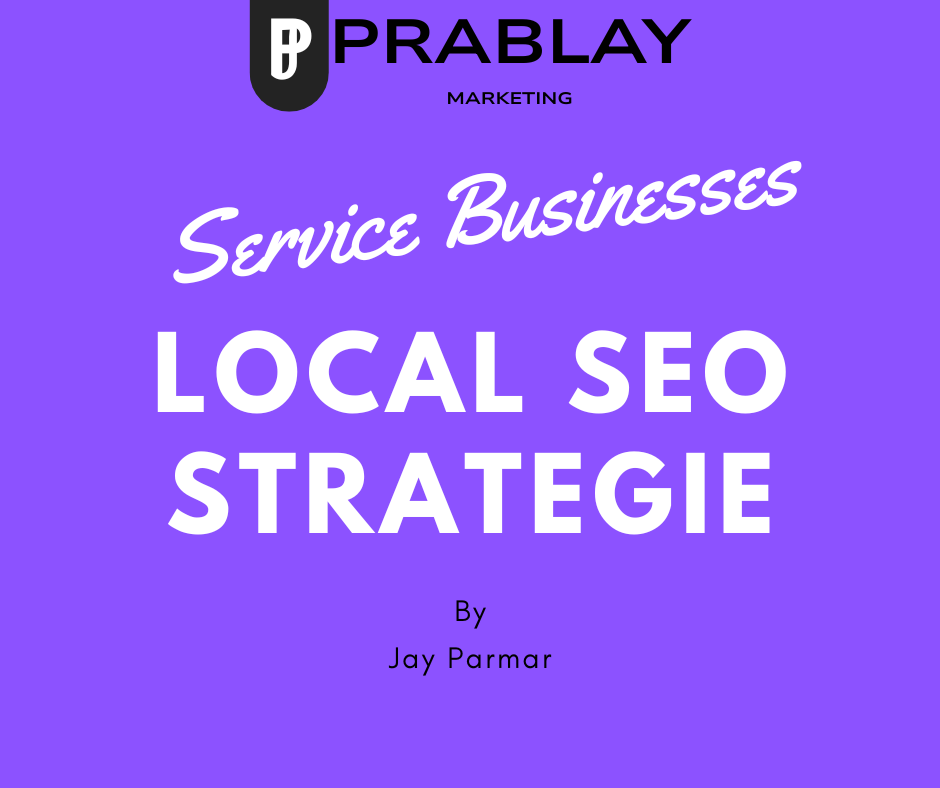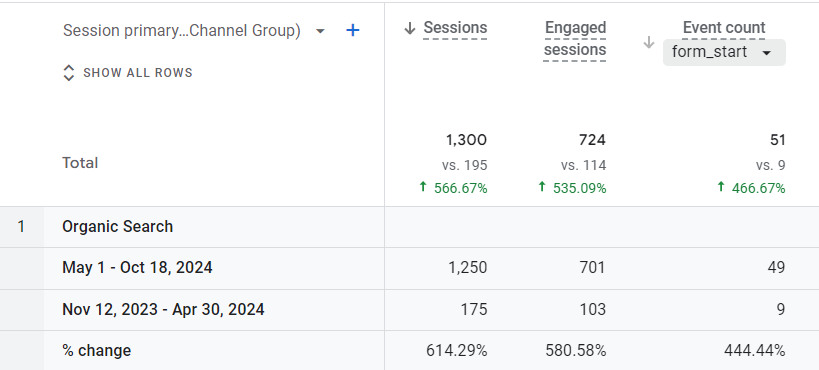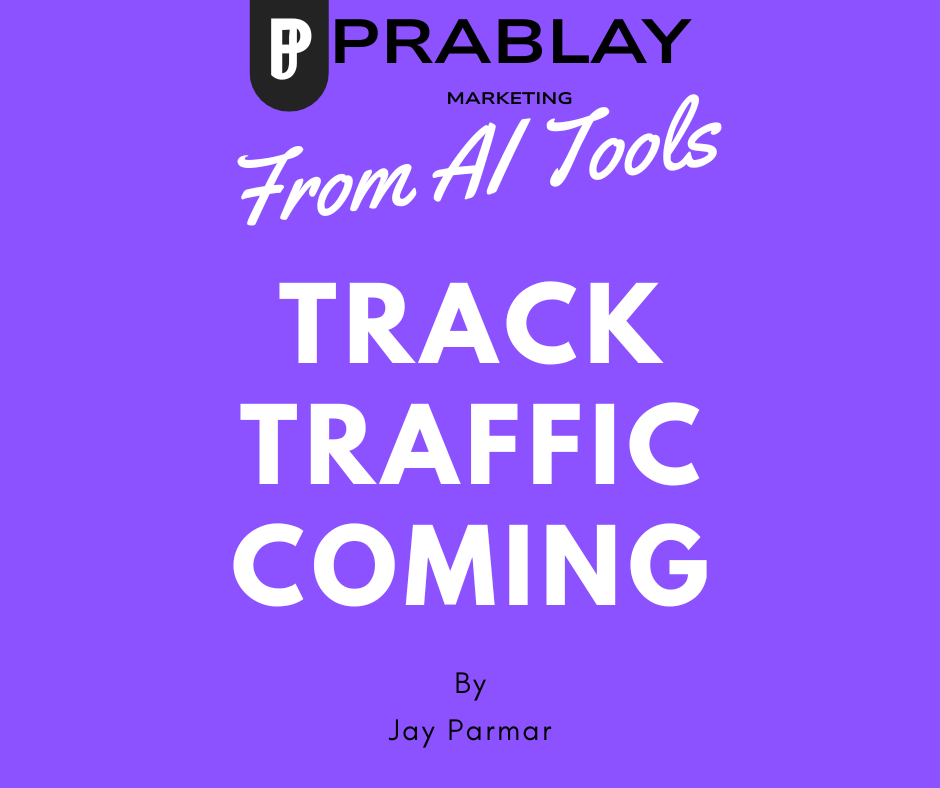The Story of Local Discovery in 2025
In early 2025, a small carpet cleaning business in Dallas noticed something remarkable. Their phones started ringing twice as often — not because they had increased ad spending, but because customers were finding them directly on Google.
How? Through a smart Local SEO strategy that put their business in front of nearby customers searching for “best carpet cleaning near me.”
That story isn’t unique anymore. According to Google, 46% of all searches have local intent, and nearly 78% of location-based searches result in an offline purchase. As voice search, AI-powered discovery, and hyperlocal targeting dominate 2025, Local SEO is no longer optional — it’s the foundation of visibility for service-based businesses.
What is Local SEO and Why It Matters
Local SEO is the process of optimizing your online presence so that your business appears in local search results, Google Maps, and voice assistant results when customers nearby are looking for your services.
For example, if someone searches “plumber near me” or “best home cleaning in Miami,” Google uses signals like location, relevance, and prominence to decide which businesses to show first.
In 2025, with AI influencing search intent understanding, Google’s local ranking factors — proximity, relevance, and trust — are more intelligent than ever. That means businesses that consistently optimize their local signals (like reviews, structured data, and location authority) will dominate local search visibility.
Top Local SEO Strategies for Service Businesses in 2025
1. Optimize and Enhance Your Google Business Profile (GBP)
Your Google Business Profile (formerly Google My Business) is the foundation of your local visibility.
Ensure your NAP (Name, Address, Phone) details are consistent across all directories.
Add high-quality images and videos showing your team, work, and customer interactions.
Post regular updates with offers, events, and announcements.
Respond to reviews promptly — engagement shows Google you’re an active business.
2. Localize Website Content with Geo-Focused Keywords
Your website should reflect the exact areas you serve. Use city, neighborhood, and region-specific keywords naturally throughout your:
Homepage and service pages
Page titles and meta descriptions
Blog articles and FAQs
Example: Instead of “Professional Cleaning Services,” use “Professional Cleaning Services in Chicago” or “Home Cleaning Near Lincoln Park.”
In 2025, with Google’s focus on Search Generative Experience (SGE), context and location relevance matter more than ever.
3. Encourage and Manage Online Reviews
Online reviews build both trust and SEO value. Google heavily weighs review frequency, authenticity, and response rate.
Encourage satisfied clients to leave reviews.
Use automation tools to request reviews after service completion.
Always reply to both positive and negative reviews politely and quickly.
4. Make Your Website Mobile-Friendly
Mobile-first indexing is no longer optional — it’s mandatory.
Over 70% of local searches happen on mobile devices, and if your site isn’t fast, responsive, and easy to navigate, you’re losing potential leads.
Use a responsive design that adjusts seamlessly across devices.
Compress images and leverage caching for faster load times.
Simplify navigation — focus on “Call Now,” “Get a Quote,” and “Book Online” CTAs.
5. Implement Local Schema Markup and Structured Data
Schema markup helps search engines better understand your business details.
Adding LocalBusiness schema can help display rich snippets like business hours, reviews, and services directly in search results.
This improves click-through rates and increases your chances of appearing in Google’s local packs and AI overviews.
6. Build Local Citations and Ensure NAP Consistency
A citation is any mention of your business on third-party directories (Yelp, Angi, Bing Places, etc.).
Make sure your Name, Address, and Phone number match exactly across all listings — even small differences can confuse search algorithms.
Use tools like BrightLocal or Whitespark to manage and update citations automatically.
7. Local Link Building and Partnerships
In 2025, link building isn’t just about volume — it’s about local authority.
Partner with nearby businesses, sponsor community events, or collaborate with local bloggers.
Example: A pest control company can write guest posts for home improvement websites or collaborate with property management firms for backlinks.
8. Leverage Social Media for Local Visibility
Social signals indirectly support local rankings.
Engage your community with posts featuring your work, team, and customer testimonials.
Facebook Groups, local hashtags on Instagram, and even Nextdoor posts can boost your local brand awareness.
9. Optimize for Voice Search and “Near Me” Queries
With smart speakers and mobile voice assistants, optimizing for conversational phrases is key.
Focus on natural language queries like:
“Who’s the best cleaning service near me?”
“Affordable pest control open now.”
Add these phrases to your content and FAQs for better voice search reach.
Local SEO isn’t just about ranking higher—it’s about helping the right customers find you at the right time. When service businesses get discovered locally, it’s not luck, it’s strategy.
Jay Parmar- Founder & CEO Tweet
Case Study: Cleaning Agency Success Story
Client: U.S.-based Residential & Commercial Cleaning Agency
Challenge: Low local visibility, inconsistent online reviews, and poor map rankings.
Strategy Implemented by Prablay Marketing:
- Optimized Google Business Profile and ensured consistent citations
- Published location-focused service pages
- Improved site loading speed by 40%
Collected authentic client reviews via automated campaigns
Results (May–Oct 2024):
- +614% increase in organic sessions
- +580% increase in engaged sessions
+444% increase in form submissions
Outcome:
Within 4 months, the cleaning agency’s business calls doubled, and its Google Map ranking moved from position #18 to #3 for the keyword “Cleaning Service California.”
This success demonstrates the power of structured, data-driven Local SEO strategies customized for service businesses.
Common Mistakes to Avoid in Local SEO
Even in 2025, many service businesses make avoidable errors that limit their growth.
Ignoring duplicate listings: Multiple GBPs can confuse Google.
Overusing keywords: Focus on natural, helpful content.
Neglecting review responses: Engagement is a trust factor.
Not tracking analytics: Local performance insights are crucial for continuous improvement.
Forgetting about voice search: Missing out on fast-growing “near me” traffi
FAQs
1. What are the three pillars of Local SEO?
Relevance, Proximity, and Prominence.
These define how Google evaluates which businesses to display in local results. Optimizing content, citations, and engagement covers all three pillars.
2. How do I target local keywords effectively?
Use Google Keyword Planner, Ahrefs, or Semrush to find city + service combinations.
Example: “HVAC repair Dallas,” “Wedding photographer Austin.”
Add them naturally in your titles, headers, and image alt text.
3. Can I rank in multiple locations?
Yes — by creating unique, optimized landing pages for each location.
Avoid duplicating content; tailor each page for its target city.
4. How often should I update my Google Business Profile?
At least once a week. Post updates, new images, or respond to reviews regularly to keep your profile active and trustworthy.
5. How long does it take to see results from Local SEO?
Typically 3–6 months for measurable improvements, depending on competition, website health, and review volume.







What do you think?
Наличие вида на жительство за границей становится всё более популярным среди россиян.
Такой выбор открывает новые возможности для работы и бизнеса.
Второй паспорт помогает свободнее передвигаться и упрощать поездки.
Также наличие второго статуса может улучшить финансовую стабильность.
Гражданство Мексики
Большинство граждан рассматривают ПМЖ как путь к независимости.
Оформляя ВНЖ или второй паспорт, человек может инвестировать за рубежом.
Каждая страна предлагают индивидуальные возможности получения гражданства.
Вот почему вопрос оформления становится особенно актуальной для тех, кто думает о будущем.